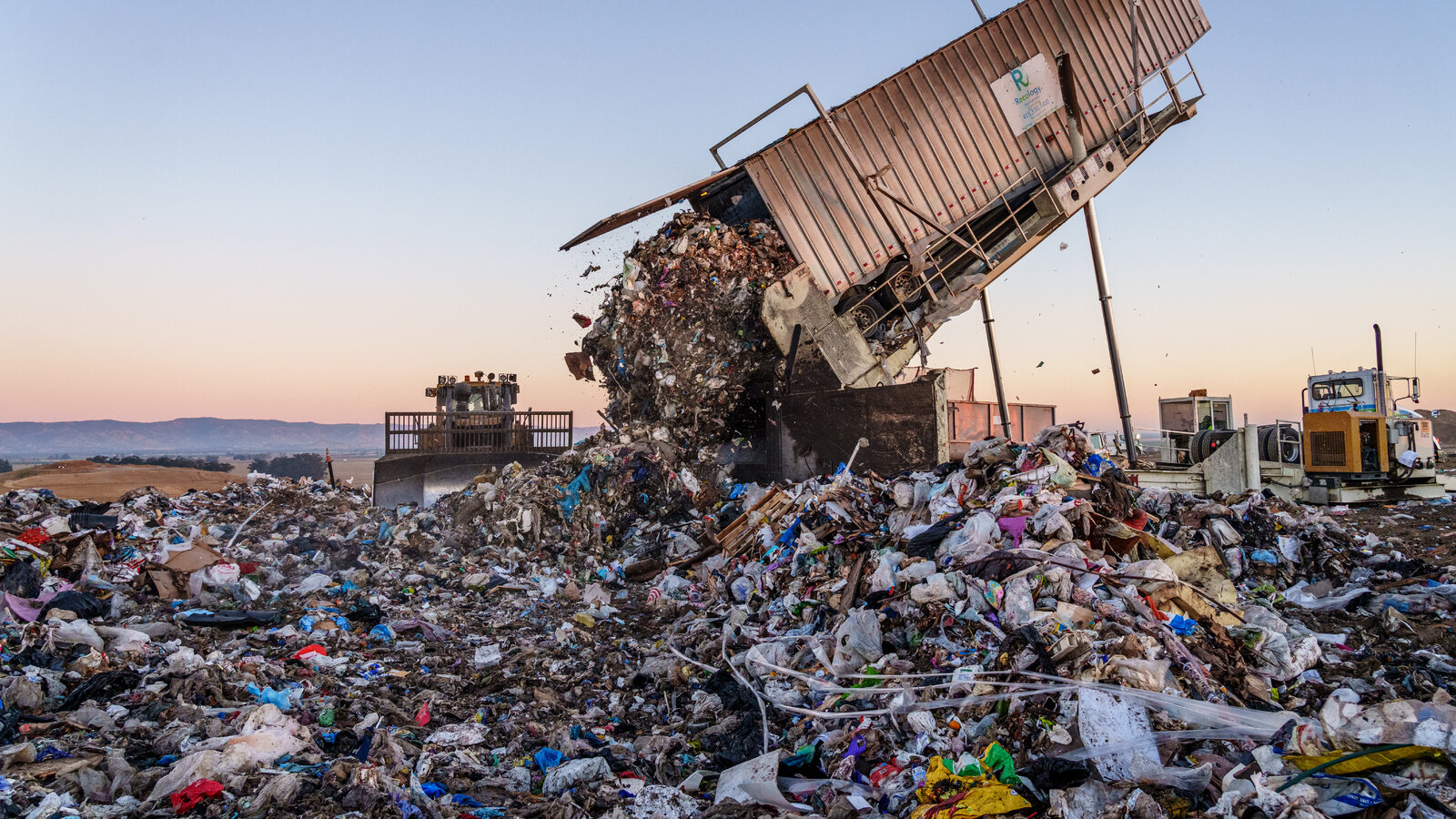Washington, D.C. – The White House has announced the nation’s first comprehensive strategy to combat food waste, aiming to reduce environmental impact and save Americans money.

On June 12, the administration revealed an ambitious plan supported by the Environmental Protection Agency (EPA), Food and Drug Administration (FDA), and Department of Agriculture (USDA). This initiative includes funding for research on technologies to extend food shelf life, such as new seed varieties and improved packaging. It also aims to educate schools and collaborate with farmers to reduce food loss at the production level.
EPA Administrator Michael S. Regan highlighted the economic and environmental significance: “Each year, too much food produced in the United States ends up in landfills instead of on dining room tables. This hurts our economy by raising the cost of food and contributing to climate pollution.”
Food waste is a major contributor to greenhouse gas emissions, with landfill methane emissions accounting for 58% of food waste-related pollution. The strategy emphasizes that diverting food waste from landfills is a critical step in reducing these emissions.
The plan aims to save the average American $1,200 annually by extending food shelf life and clarifying best-by dates, which will also encourage more donations to food banks.
Agriculture Secretary Tom Vilsack stressed the collective effort needed: “Everyone has a role to play in reducing food loss and waste, and I hope that these federal commitments will inspire and catalyze action in the private sector and communities around the U.S.”
While this initiative is a significant step, it lacks new regulations and falls short compared to food-waste laws in other countries and some U.S. states. However, it aligns with other climate actions by the Biden-Harris administration, such as green tax breaks and land conservation efforts.